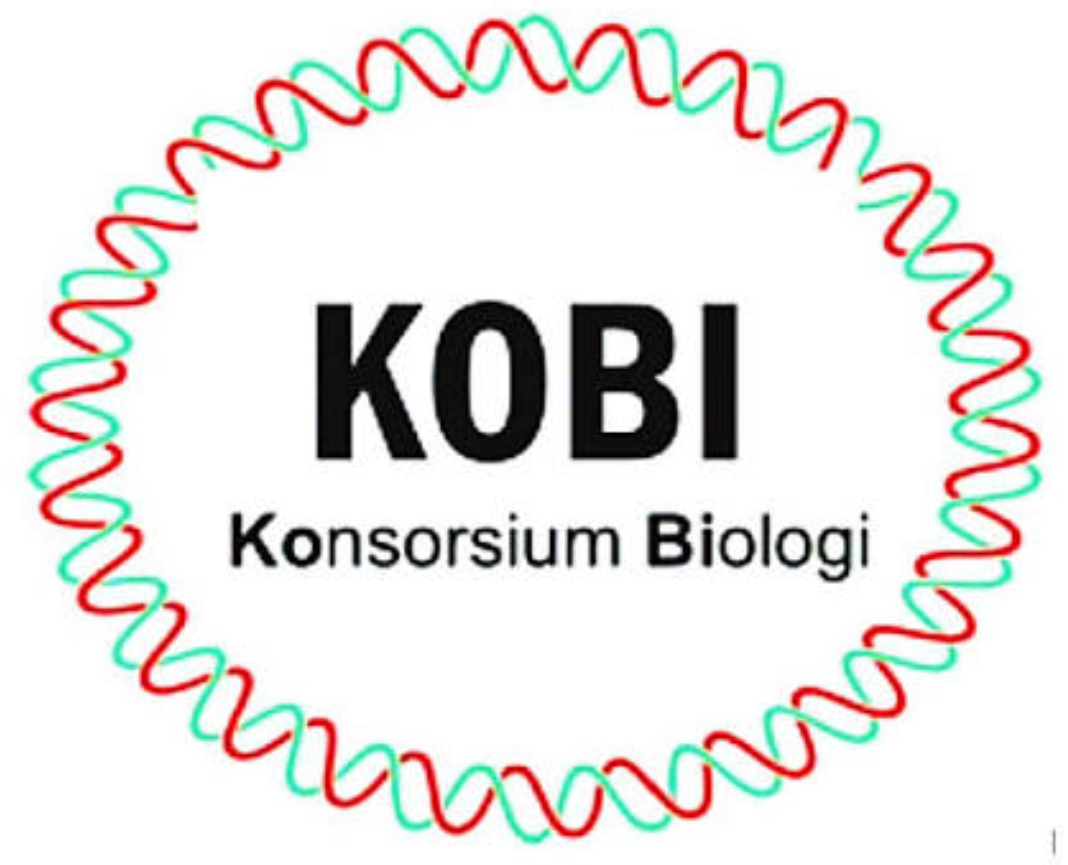Title:
Hand Hygiene: Hand Washing vs. Hand Sanitizer for Killing the Germs
Author:
Abstract
Keywords
Full Text:
PDFReferences
Alvadri Z. (2010). Hubungan pelaksanaan tindakan cuci tangan Perarawat dengan Kejadian infeksi rumah sakit di rumah sakit sumber waras grogol. Fakultas Ilmu Kesehatan Universitas Esa Unggul.
Akim M. (2013) Efektivitas hand sanitizer dibanding mencuci tangan memakai sabun dalam menjaga kebersihan tangan pada mahasiswa fakultas kedokteran universitas sumatera utara angkatan 2012 [skripsi]. Medan: Universitas Sumatera Utara.
Chang, Hson-Mou., & But, Paul Pui-Hay. (2001). Pharmacology and Applications of Chinese Materia Medica. Volume I. World Scientific Publishing, Singapore. pp. 70-71.
Cordita, Raka, N., Soleha, Tri, U., & Mayasari, D. (2019). Perbandingan Efektivitas Mencuci Tangan Menggunakan Hand Sanitizer dengan Sabun Antiseptik pada Tenaga Kesehatan di Ruang ICU RSUD Dr. H. Abdul Moeloek. Agromedicine Unila; 6(1): 149.
Danuwirahadi. (2010). Efektifitas Metode Expository Teaching Terhadap Perilaku Mencuci Tangan Dengan Menggunakan Sabun. Skripsi. Universitas Katolik Soegijapranata Semarang.
Desiyanto, F.A., & Djannah, S.N. (2013). Efektivitas Mencuci Tangan Menggunakan Cairan Pembersih Tangan Antiseptik (Hand Sanitizer) Terhadap Jumlah Angka Kuman. Journal UAD Kesmas. 7(2):75–82.
Dzoyem, J.P., Hamamoto, H., Ngameni, B., Ngadjui, B.T., & Sekimizu, K. (2013). Antimicrobial action mechanism of flavonoids from Dorstenia species. Drugs Discoveries & Therapeutics, 7(2), 66-72.
Fatmawati, F. (2020). Edukasi Penggunaan Hand Sanitizer dan Pembagian Hand Sanitizer disaat Pandemi Covid-19. Journal of Character Education Societ), 3(2), 432-438.
Fukuzaki, S. (2006). Mechanisms of actions of sodium hypochlorite in cleaning and disinfection processes. Biocontrol Sci. 11:147-157.
Harahap, N. (2020). Penelitian Kualitatif. Medan: Fakultas Dakwah dan Komunikasi IAIN-SU Medan.
Hernandez, N.E., Tereschuk, M.L., & Abdala, L.R. (2000). Antimicrobial activity of flavonoids in medicinal plants from Tafi del valle. Journal of Ethnopharmacology, 73, 317-322.
Kim, S. A., Moon, H., Lee, K., & Rhee, M. S. (2015). Bactericidal effects of triclosan in soap both in vitro and in vivo. Journal of Antimicrobial Chemotherapy, 70(12), 3345-3352.
Kumar, H.N.K., Chandana, E., Preethi, S.D., & Chauhan, J.B. (2012). In vitro antimicrobial activity and phytochemical screening of Aloe vera Linn. International Journal of Current Pharmaceutical Research, 4(3), 45-47.
Mamtha, B., Kavitha, K., Srinivasan, K.K., Shivananda, P.G. (2004). An in vitro study of the effect of Cantella asiatica (Indian pennywort) on enteric pathogens. Indian Journal of Pharmacology, 36(1), 41.
Nakoe, M. R., Lalu, N. Y. S., & Amelia, Y. (2020). Perbedaan Efektivitas Hand-Sanitizer Dengan Cuci Tangan Menggunakan Sabun Sebagai Bentuk Pencegahan Covid-19. Jambura Journal of health Sciences and Research, 2(2): 65-70.
Qisti & Rachmiati. (2009). Sifat Kimia Sabun Transparan Dengan Penambahan Madu Pada Kosentrasi Yang Berbeda. Skripsi. Bogor: IPB.
Radji, M., Suryadi, H., & Ariyanti, D. (2007). Uji efektivitas antimikroba beberapa merek dagang pembersih tangan antiseptik. Majalah Ilmu Kefarmasian, 4(1): 1-6.
Sari, R., & Isadiartuti, D. (2006). Studi Efektivitas Gel Sediaan Antiseptik Tangan Ekstrak Daun Sirih (Piper betle Linn.). Majalah Farmasi Indonesia, 17(4). 163-169.
Soedojo, P. (1999). Fisika Dasar. Yogyakarta: Andi.
Srikartika, P., Suharti, N., & Anas, E. (2016). Kemampuan Daya Hambat Bahan Aktif Beberapa Merek Dagang Hand sanitizer terhadap Pertumbuhan Staphylococcus aureus. Jurnal Kesehatan Andalas, 5(3), 540–545.
Wahyono, H., Duerimk, D., Farida, H., Negelkerke, N. J. D., Keuter, M., Lestari, E. S., & Van den Broek, P. J. (2006). Preventing Nosocomial Infection: Improving Compliance With Standard Precautions in An Indonesian Teaching Hospital. Journal of Hospital Infection, 64(1): 36-4.
Xue, P., Yao, Y., Yang, X.S., Feng, J., & Ren, G.X. (2017). Improved antimicrobial effect of ginseng extract by heat transformation. Journal of Ginseng Research, 41, 180- 187.
DOI: http://dx.doi.org/10.31002/ijobe.v4i1.4031
Article Metrics
Abstract view : 0 timesPDF - 0 times
Cited By
Refbacks
- There are currently no refbacks.
Copyright (c) 2021 Indonesian Journal of Biology Education

This work is licensed under a Creative Commons Attribution-NonCommercial-ShareAlike 4.0 International License.

This work is licensed under a Creative Commons Attribution-NonCommercial-ShareAlike 4.0 International License.
indexed by :
Jalan Kapten Suparman 39 Magelang, Jawa Tengah, Indonesia 56116
Phone (0293) 364113 Fax (0293) 362438
Website: http://jurnal.untidar.ac.id/index.php/ijobe










 Abstract views : 0
|
Abstract views : 0
| PDF views : 0
PDF views : 0

